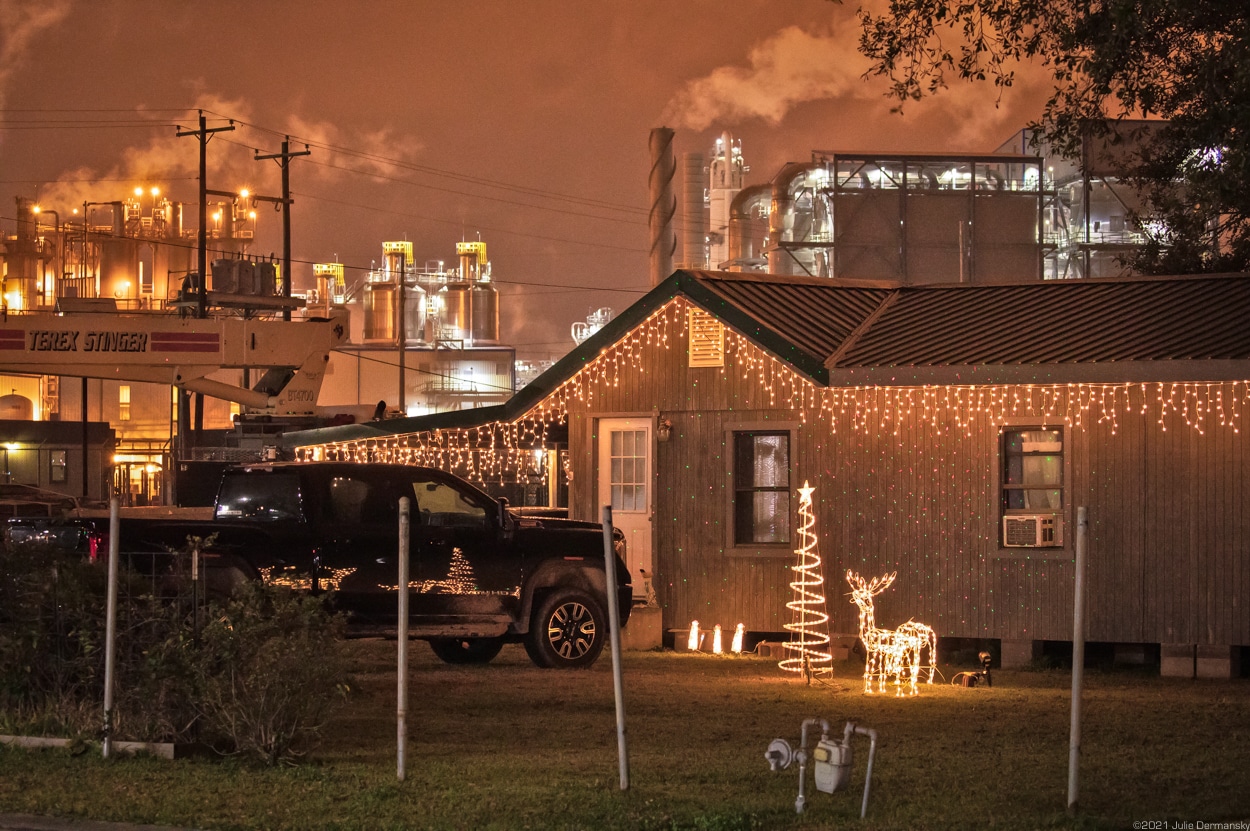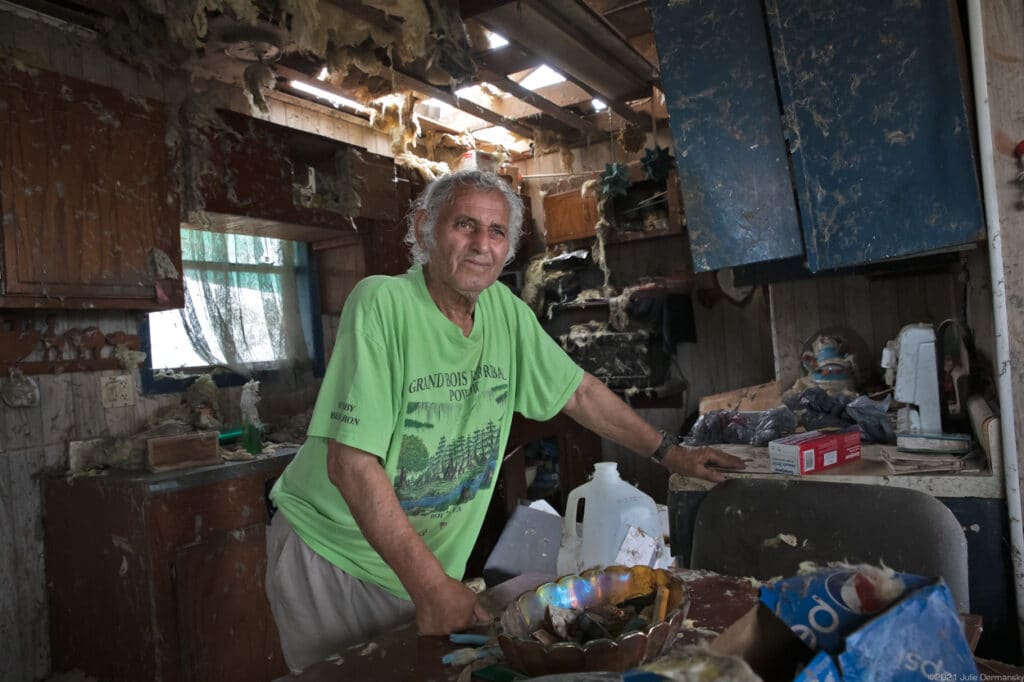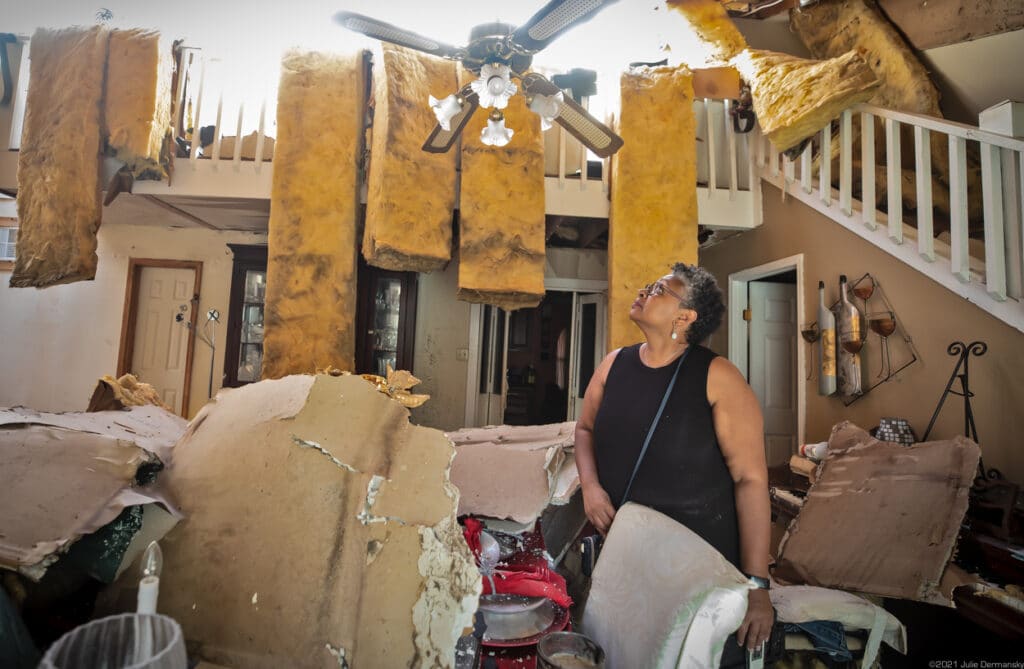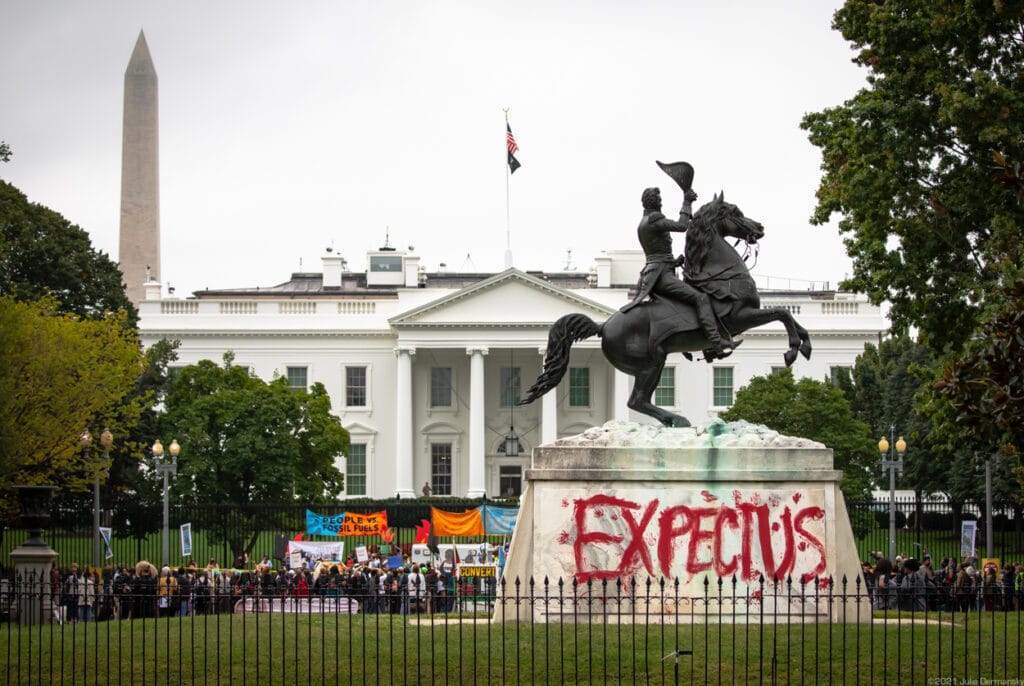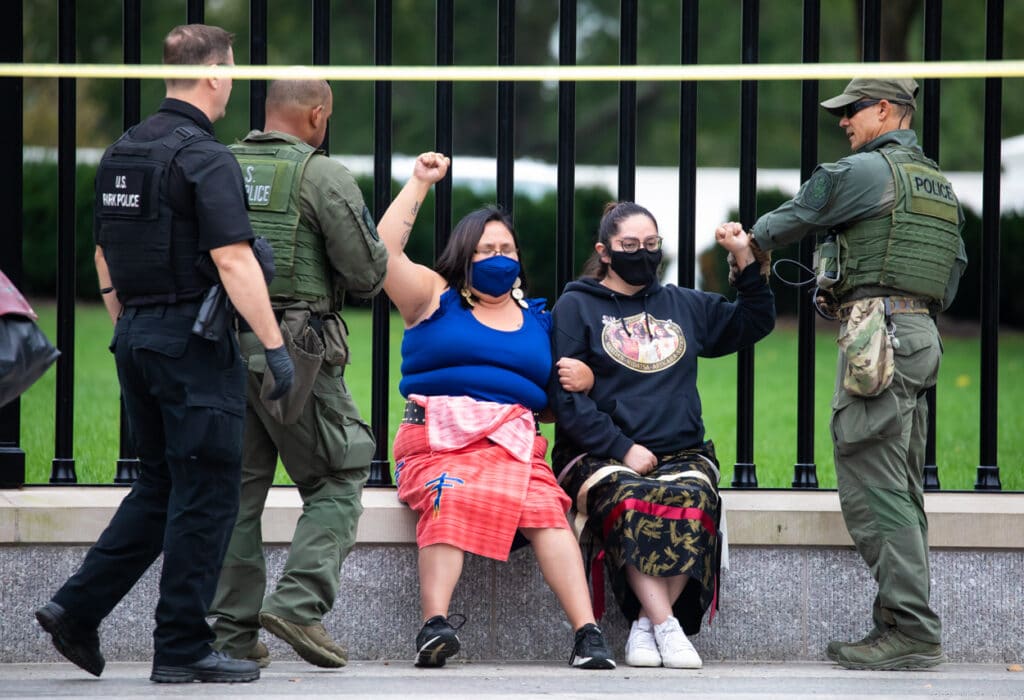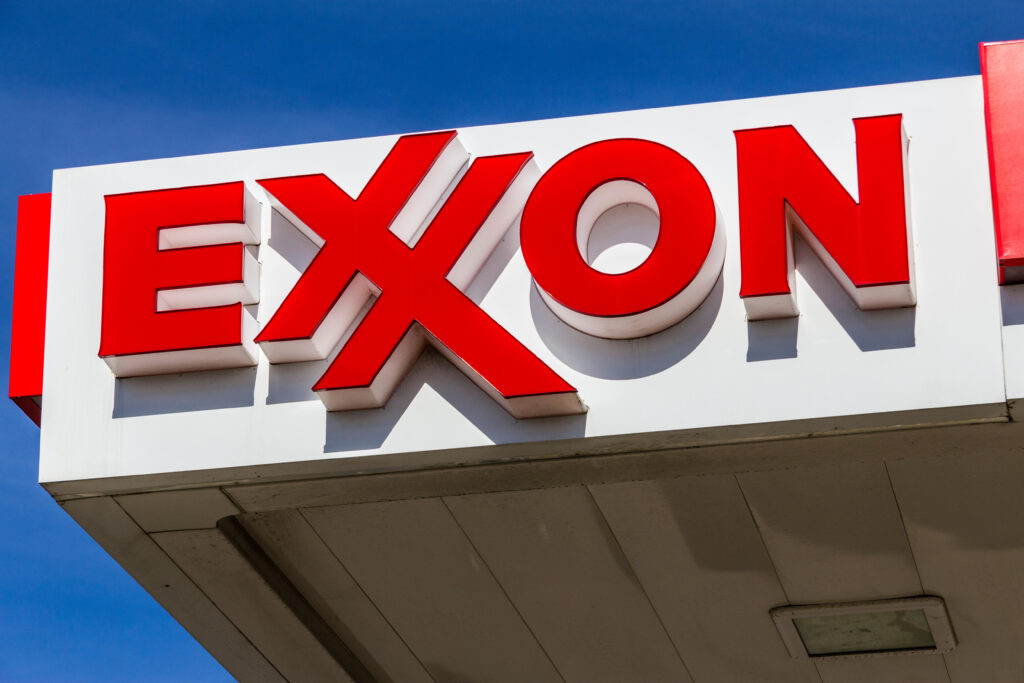This was the year the United Nations Secretary-General declared human-driven global heating a “code red for humanity.” And this selection of photos I shot for DeSmog throughout 2021 offers visual proof that his warning is merited.
My work documents the ongoing trend of science denial becoming increasingly woven into right-wing rhetoric by steadfast Trump supporters, the impacts of extreme weather fueled by climate change, and the actions taken by climate advocates fighting for environmental justice and against pollution from the fossil fuel industry.
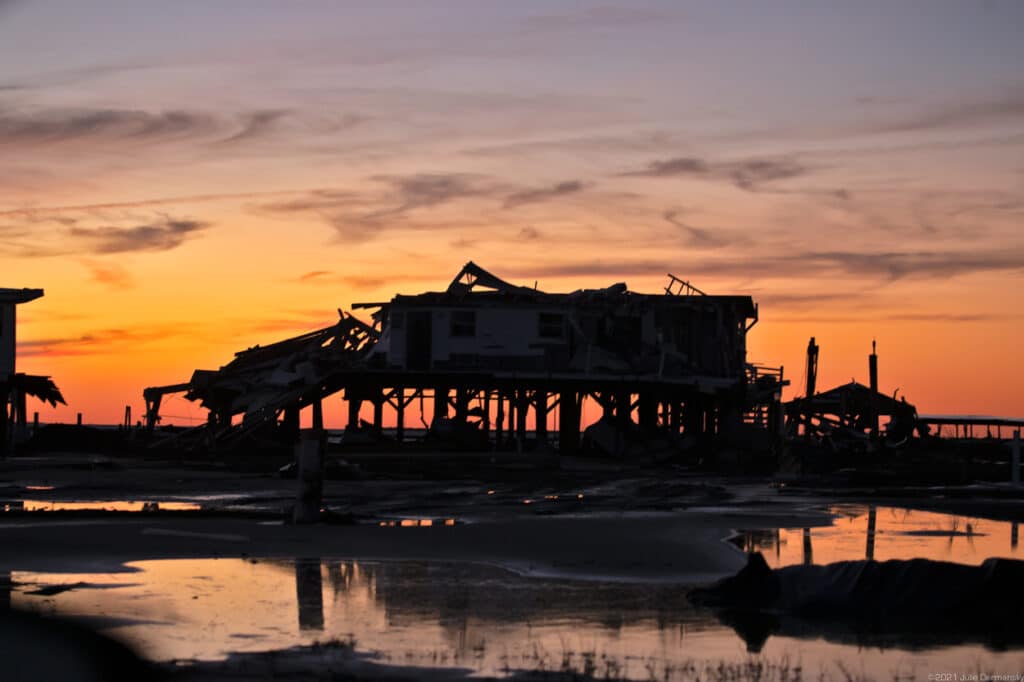
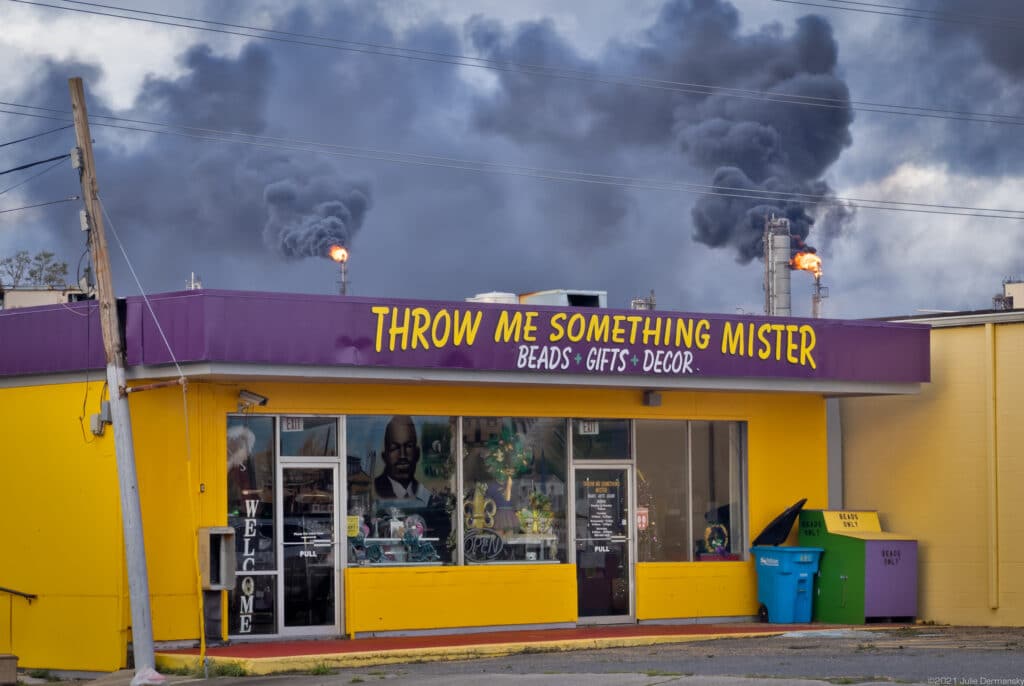
Despite climate scientists’ repeated warnings that the world must take immediate measures to lower carbon emissions, the U.S. Gulf Coast is in the midst of a sprawling and expensive build-out of the petrochemical industry. Building new facilities to produce plastics and petrochemicals is expected to add millions of tons of greenhouse gases and millions of pounds of toxic materials to the environment every year.
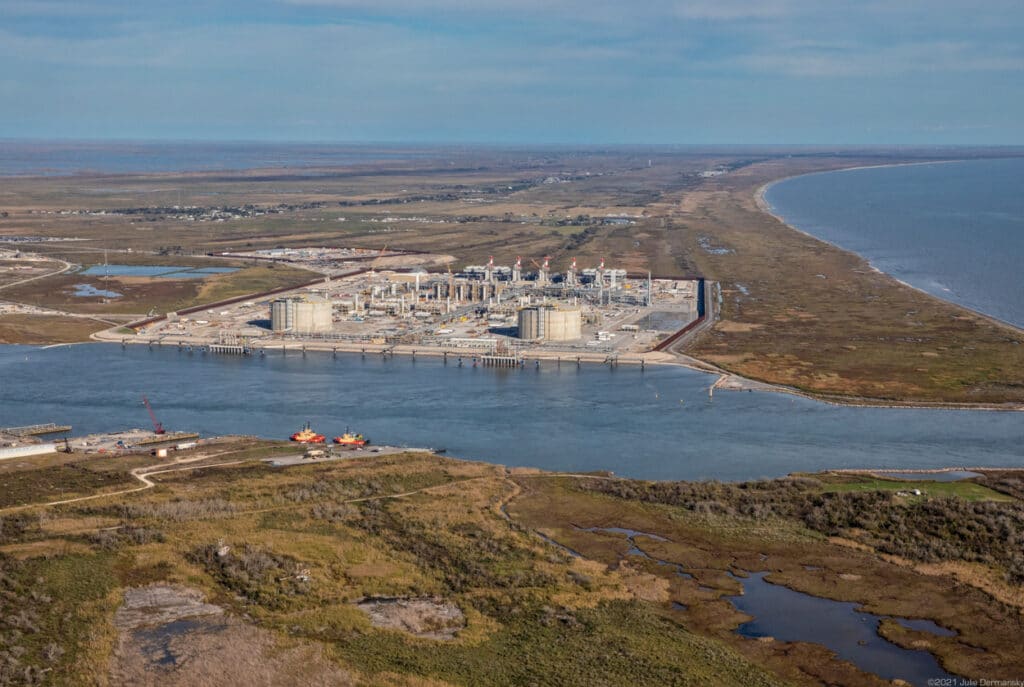
In addition, Texas and Louisiana continue to welcome new fossil fuel projects, including a slew of liquefied natural gas (LNG) terminals exporting fracked gas overseas, carbon capture and storage facilities, and blue hydrogen production, in some of the same areas along the coast where hurricanes and flooding lead to record-breaking damages each year.

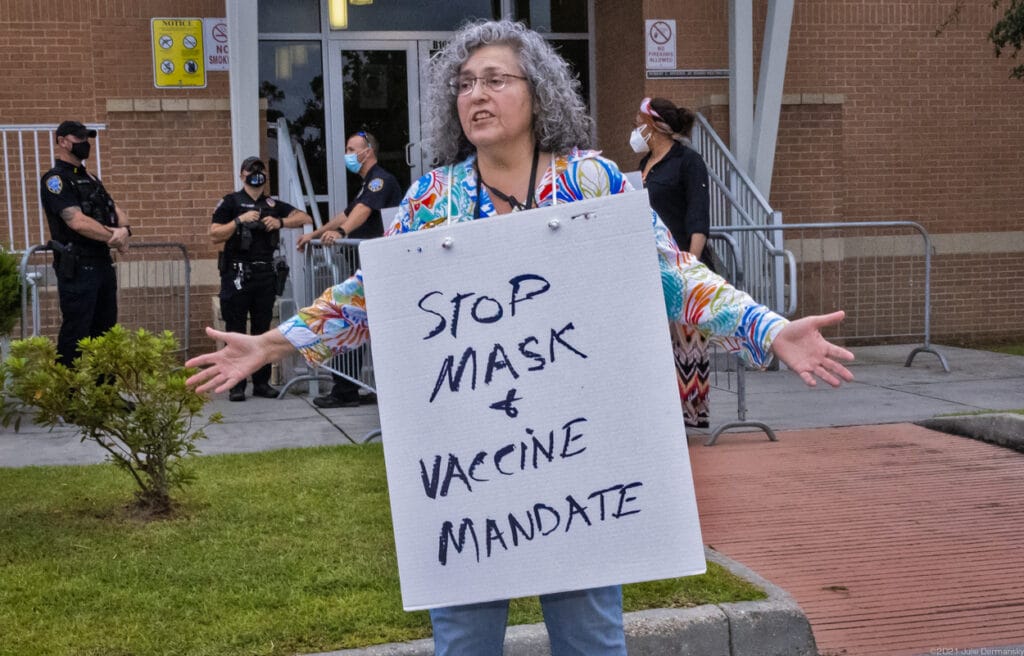
And as the nation’s shores are battered by worsening storms fueled by climate change, the nation’s democratic values have also been under attack.
Over the past year “we’ve seen the local cancer that was the bad faith attacks on climate science now metastasize to infect our entire body politic,” Pennsylvania State University climate scientist Michael Mann wrote via email. “As I discuss in ‘The New Climate War,’ the very same methods and tactics that were used by big polluters to discredit the scientific evidence of human-caused climate change are now being used to literally wage war against any facts, including COVID, the Jan. 6 insurrection, voting rights, etc. that are inconvenient to the right wing corporate interests that now have a firm stranglehold on our dying democracy. They are aided by a conservative base that is motivated by grievance, that feeds on racial animus, and that embraces vitriol and the rejection of fact-based discourse.”
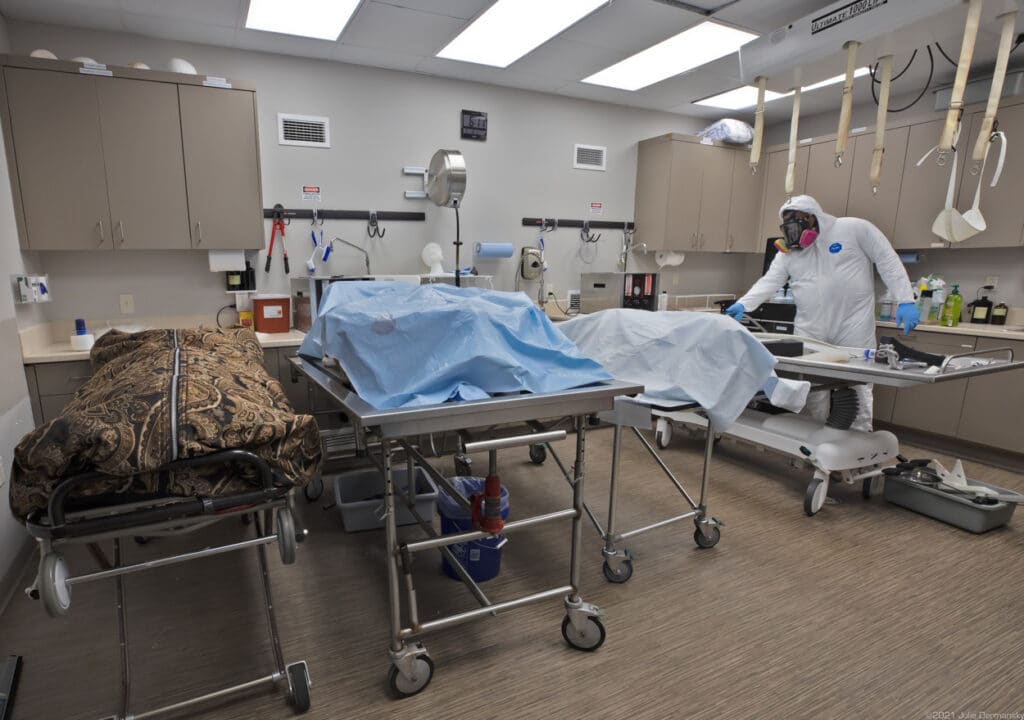
Science denial has serious real world effects. Millions of lives have been lost due to COVID-19, and many more have been affected by its cascading impacts on health and daily life. Countless others struggle to rebuild their lives amid this pandemic and the worsening climate crisis.
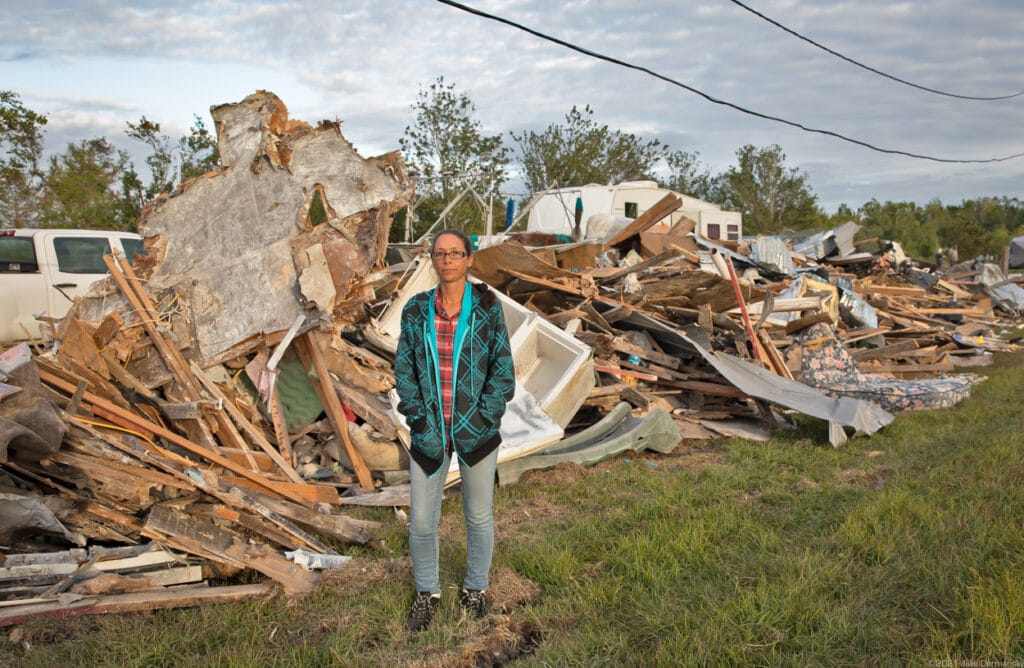
In late August, Traditional Chief Shirell Parfait-Dardar of the Grand Caillou/Dulac Band of Biloxi-Chitimacha-Choctaw Tribe, lost her home to Hurricane Ida, like thousands of others in South Louisiana. She’s also a member of the Louisiana Climate Initiative Task Force established by Gov. John Bel Edwards in August 2020 to develop policies that cut greenhouse gas emissions.
While she welcomes the dialogue that the commission is having, Parfait-Dardar isn’t convinced it will accomplish anything when the governor is also encouraging huge petrochemical and fossil fuel investments in the state.
“Ignoring climate science is a fool’s folly and there is no time for half measures when it comes to protecting the environment,” Parfait-Dardar told me. Right now, she is focused on helping her community rebuild after Ida.
Edison Dardar in what remains of his home on the Isle de Jean Charles, a coastal Louisiana island, on September 8, 2021. Dardar plans to rebuild on the island despite the state’s federally funded community resettlement project which is meant to move the island community out of harm’s way. Credit: Julie Dermansky Tish Taylor in the home of her father, Robert Taylor, founder of the Concerned Citizens of St. John, in Reserve, Louisiana, on September 7, 2021. Credit: Julie Dermansky
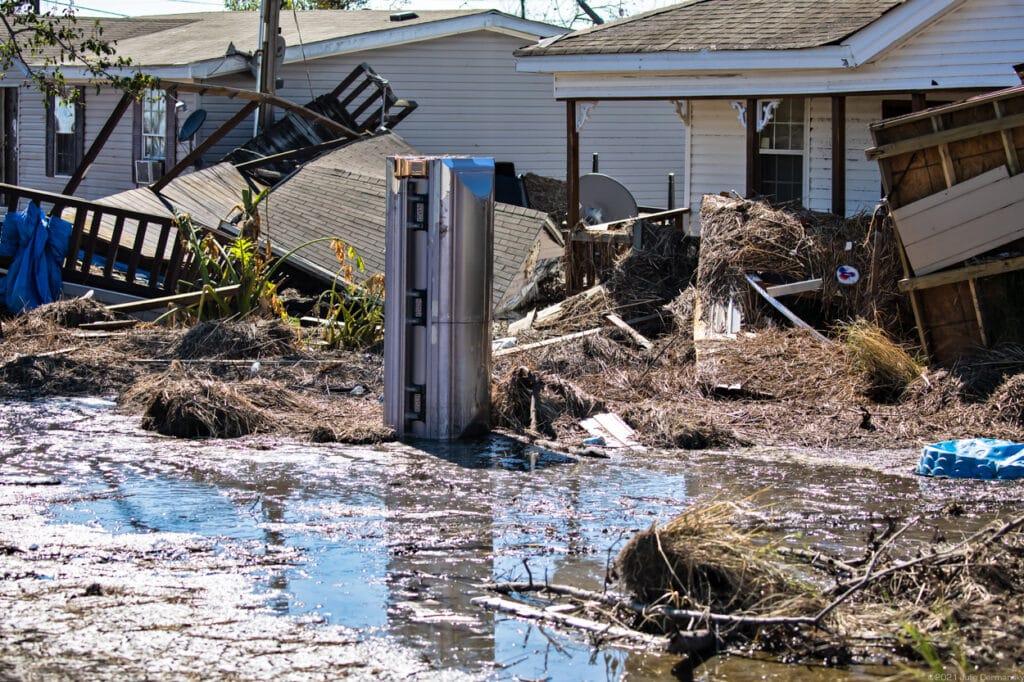
Just prior to the United Nations COP26 climate summit in October, a coalition of over 25 environmental groups known as Build Back Fossil Free, a poke at Biden’s “Build Back Better” legislative agenda, gathered in the nation’s capital. Indigenous leaders in the coalition led a five-day protest in Washington, D.C., calling on President Biden to declare a climate emergency and to stop approving fossil fuel projects.
Tension between the protesters and the police were heightened by the echoes of the January 6 attack on the U.S. Capitol. Some pointed out the irony that peaceful protesters were arrested en masse in front of the White House, while many of those who participated in the failed insurrection on the Capitol have yet to be arrested or held accountable.
Graffiti reading “Expect us” on an Andrew Jackson sculpture remained on the second day of the People vs. Fossil Fuels protest in front of the White House on October 12, 2021. Credit: Julie Dermansky Indigenous women being arrested by Park Police after refusing to leave during a protest in front of the White House on October 11, 2021, the first day of a five-day protest against fossil fuels. Credit: Julie Dermansky
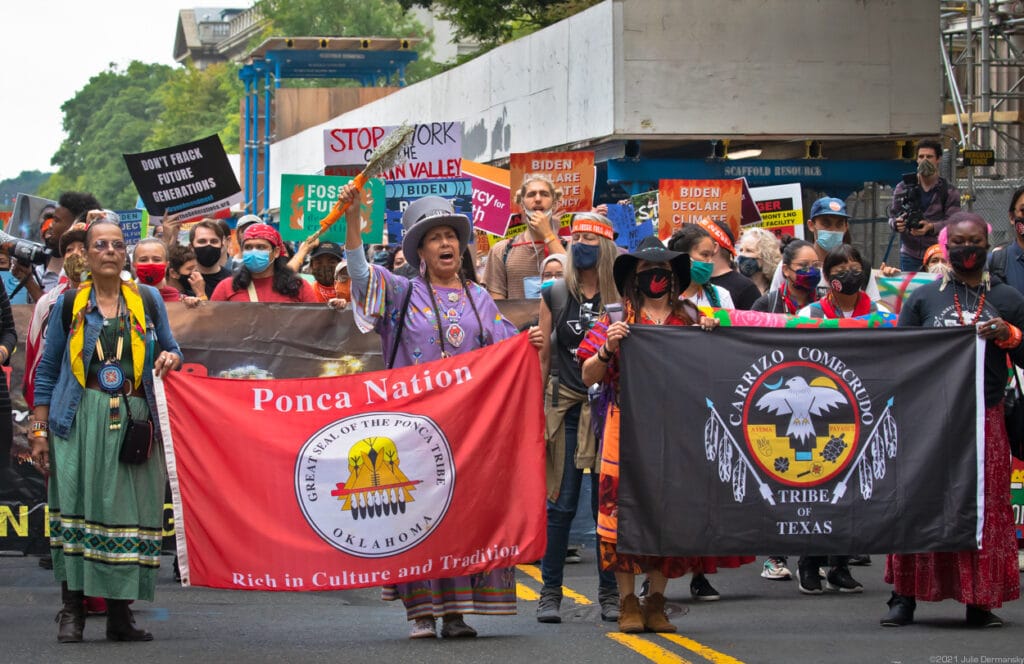
In November, Biden’s administration — while claiming to prioritize environmental justice and to be a leader in the lowering of carbon emissions at the COP26 climate summit — offered up leases to the remaining 80 million acres of the Gulf Coast’s seabed yet to be utilized for fossil fuel extraction. That move and the administration’s support for fossil fuel-based “blue hydrogen” and carbon capture and sequestration projects will likely add to the climate crisis, not solve it, some environmentalists warn.
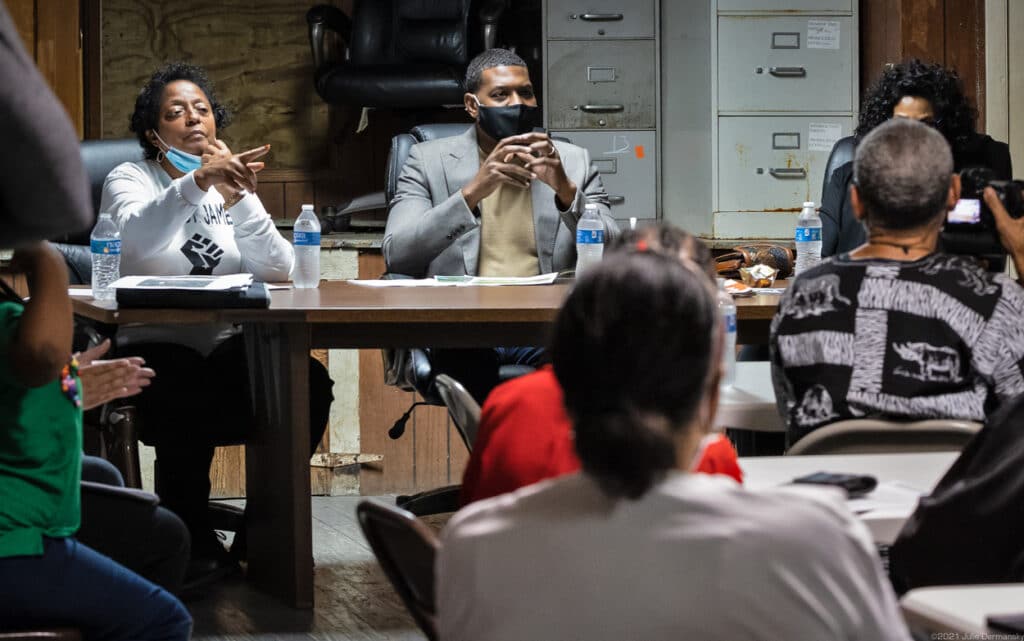
In November, the new head of the U.S. Environmental Protection Agency (EPA) Michael Regan toured environmental justice communities in states along the Gulf of Mexico, promising fenceline communities a seat at the table — a move reflecting Biden’s commitment to advance environmental justice.
But many climate advocates in the region say that the administration’s actions when dealing with the climate crisis don’t reflect the urgency of the situation. That table which community members have been offered a seat at could soon be underwater, as sea level rise continues to quicken with a warming planet.
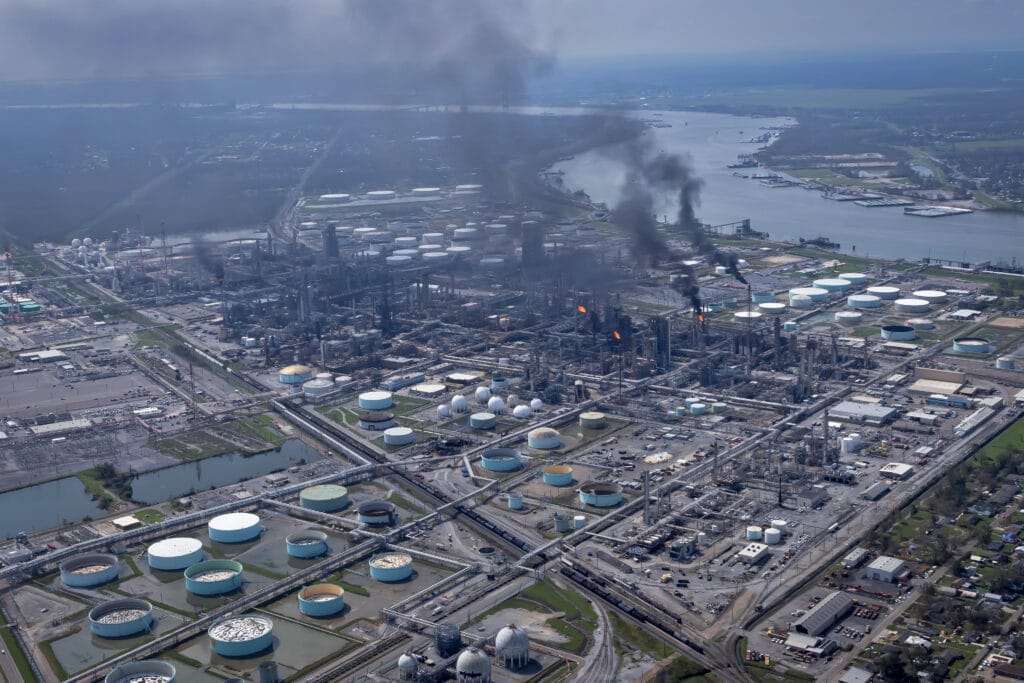
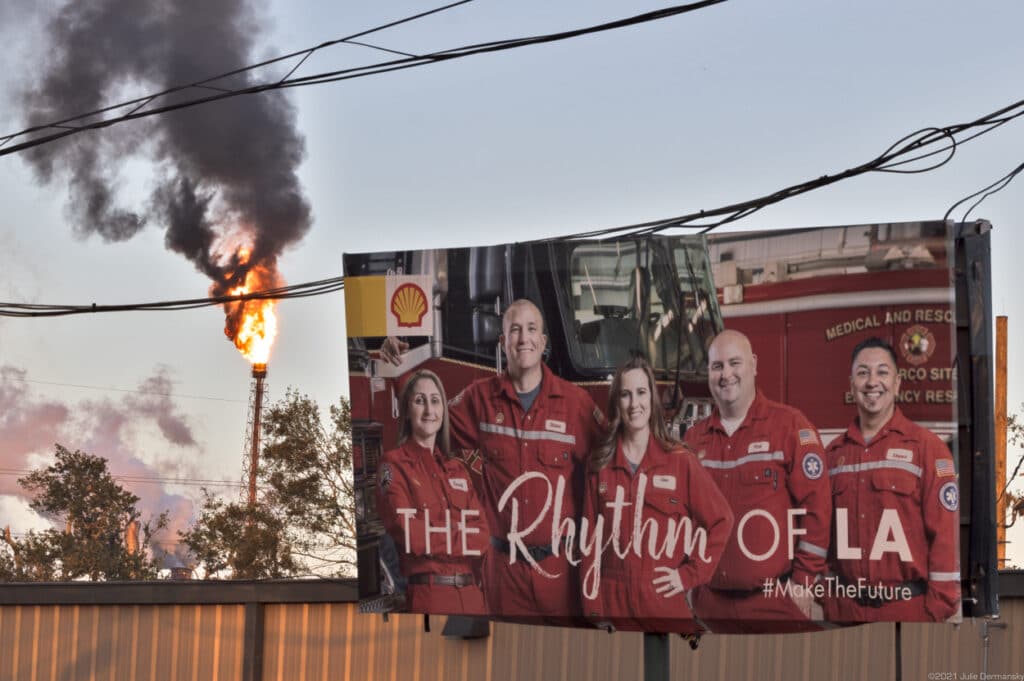
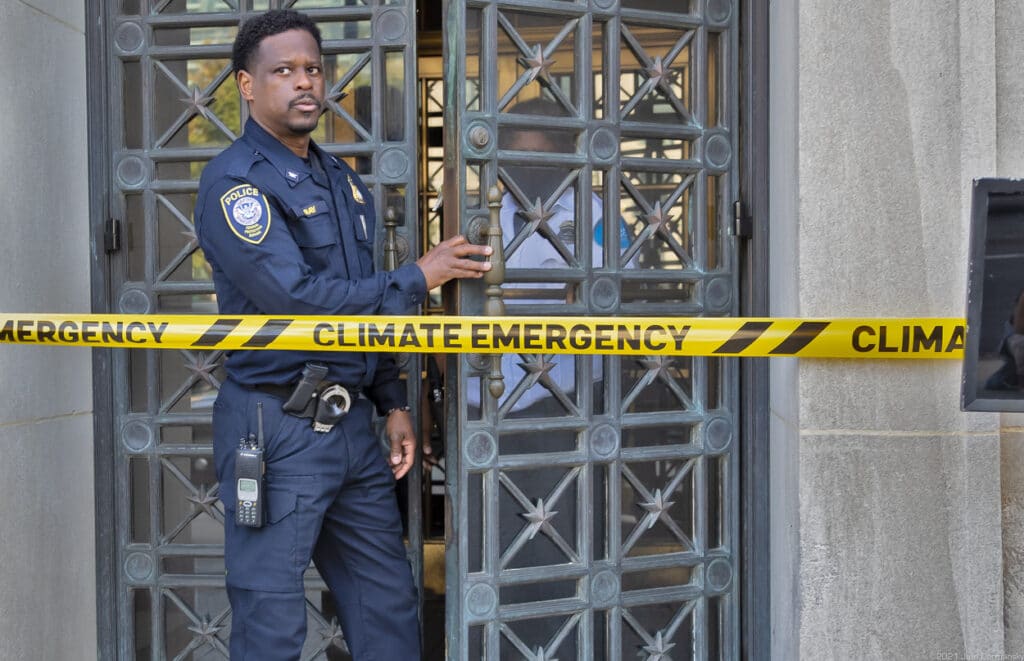
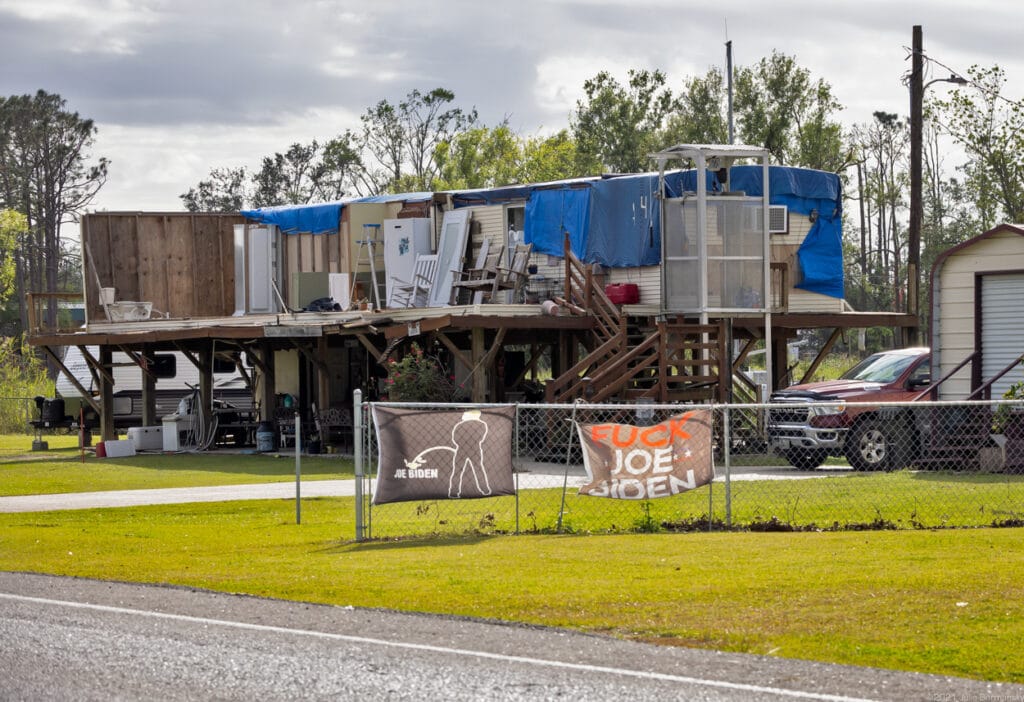
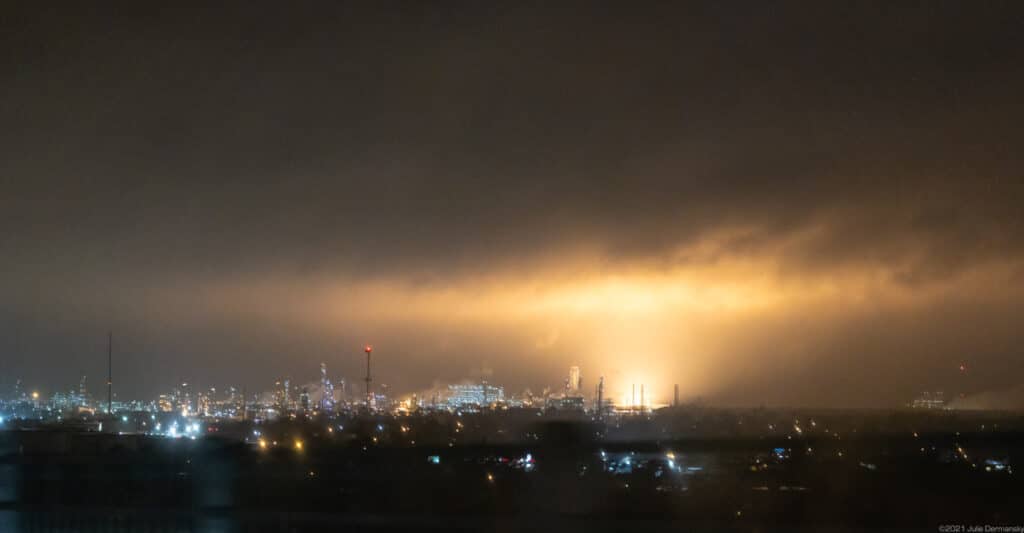
Subscribe to our newsletter
Stay up to date with DeSmog news and alerts


